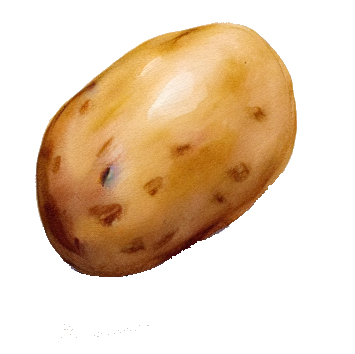I’m a coffee newb - bought an Aeropress and a Rhino hand grinder, and I’ve sort of flailed around changing things randomly and ended up with an enjoyable repeatable cup by sticking to the same beans, grind, water temperature, brew time & method that seems to work for me.
My issue is I’m not really sure about the terms used to describe the basic aspects of coffee taste - eg bitter, sour, acidic, under extracted, over extracted, etc. I feel like if I did understand them, that would give me the skill to try different things (such as a different roast) and adjust the other factors to match them to get something that suits me, or to be able to make a cup of coffee that would suit someone else’s taste.
I’m wondering if you’re able to tell me how to deliberately create these other tastes - I imagine I could comparatively taste them and mentally match the words to the sensations. For example, how can I deliberately create an obviously bitter cup, an over extracted cup etc.
The resources I’ve got for this project are the Aeropress and grinder mentioned, Nespresso machine, a medium and a dark roast, a French Press, and whatever coffee I can get from a supermarket.
Does this sound like a viable plan? If so, what are the tastes I should learn, and how can I create guaranteed and slightly exaggerated versions of them?


Extraction is heavily controlled by amount of water, temperature, grind size, and time.
To get an under extracted brew, you would use more water with a shorter brew time with a course grind at a lower temperature. This should give you something that’s sour, weak, watery, with a thin mouthfeel.
Overextraction would be the opposite. Boiling water in a preheated brewing device, fine grind, less water, steeped for a longer time. This should taste dark, bitter, burnt, strong, with a soupy grimy mouthfeel.
You can make one cup of each at the extremes to taste the difference, and then use that information to tweak your regular brew one variable at a time. Look up the coffee compass to help understand what you’re tasting and which direction to move.
Excellent explanation! Thank you for sharing!